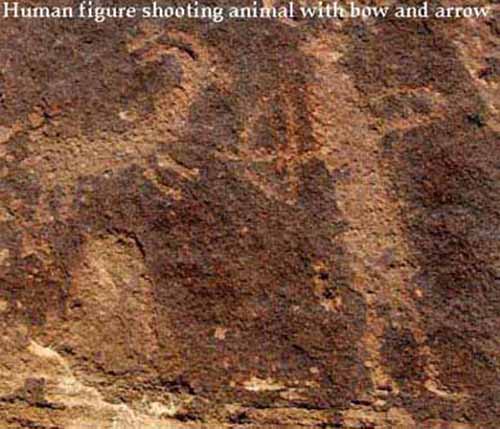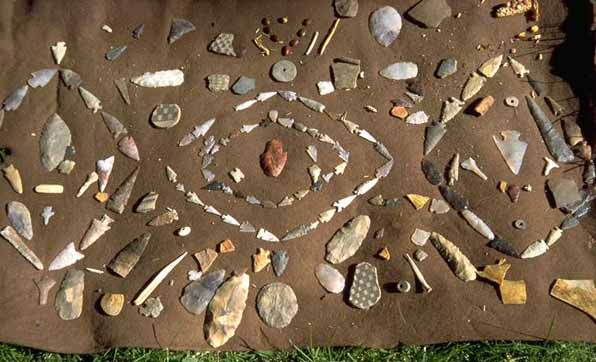
Secret ruins unveiled in Utah canyon -Arizona Republic - June 2004
Range Creek area southeast of East Carbon City, Utah Archaeologists led reporters into a remote canyon to reveal an almost perfectly preserved picture of ancient life: stone pit houses, granaries and a bounty of artifacts kept secret for more than a half-century. Hundreds of sites on a private ranch turned over to the state offer some of the best evidence of the little-understood Fremont culture, hunter-gatherers and farmers who lived mostly within the present-day borders of Utah. The sites at Range Creek may be up to 4,500 years old.
A caravan of news organizations traveled for two hours from the mining town of East Carbon City, over a serpentine thriller of a dirt road that topped an 8,200-foot mountain before dropping into the narrow canyon in Utah's Book Cliffs region. Officials kept known burial sites and human remains out of view of reporters and cameras, but within a single square mile of verdant meadows, archaeologists showed off one village site and said there were five more, where arrowheads, pottery shards and other artifacts can still be found lying on the ground. Archaeologists said the occupation sites, which include granaries full of grass seed and corn, offer an unspoiled slice of life of the ancestors of modern American Indian tribes. The settlements are scattered along 12 miles of Range Creek and up side canyons.
The collapsing half-buried houses don't have the grandeur of New Mexico's Chaco Canyon or Colorado's Mesa Verde, where overhanging cliffs shelter stacked stone houses. But they are remarkable in that they hold a treasure of information about the Fremont culture that has been untouched by looters. The Fremont people were efficient hunters, taking down deer, elk, bison and small game and leaving behind piles of animal bone waste, Jones said. They fished for trout in Range Creek, using a hook and line or weirs. In their more advanced stage they grew corn.
Waldo Wilcox, the rancher who sold the land and returned Wednesday, kept the archaeological sites a closely guarded secret for more than 50 years. The San Francisco-based Trust for Public Land bought Wilcox's 4,200-acre ranch for $2.5 million. The conservation group transferred the ranch to the Bureau of Land Management, which turned it over to Utah. The deal calls for the ranch to be opened for public access, a subject certain to raise debate over the proper stewardship of a significant archaeological find.
